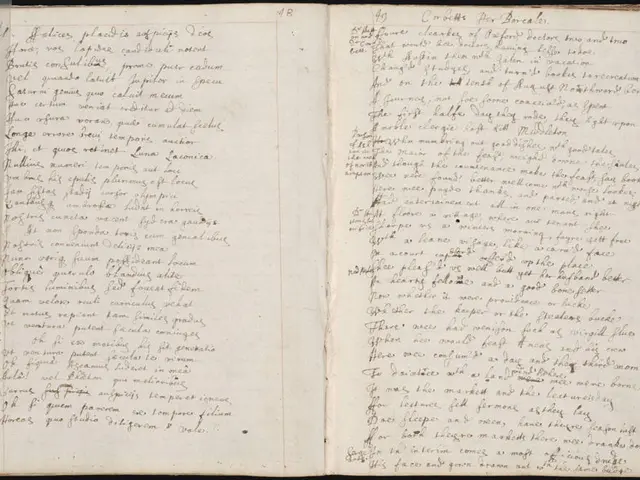Understanding Breast Density: Key Points to Consider
The Food and Drug Administration (FDA) has mandated that healthcare providers notify women following mammograms if their breasts are dense, containing a higher concentration of fibrous and glandular tissue. This development, effective from September 2024, aims to ensure all women are informed about their breast tissue composition and its implications for breast cancer risk and screening.
The mandate's purpose is twofold. It standardizes communication across facilities, reducing confusion and inconsistencies, and raises awareness about the potential increased risk of breast cancer associated with dense breasts. With this knowledge, women can discuss alternative screening options with their healthcare providers if needed.
While having dense breasts is a risk factor for breast cancer, it is essential to note that simply having dense breasts does not automatically signify cause for concern. Remaining vigilant about breast health is, nonetheless, crucial.
Radiologist and mammography expert Dr. Christoph Lee sheds light on several questions related to the FDA-mandated notifications. He explains that women are told whether they have dense or non-dense breasts and that they may benefit from discussing potential supplemental screening if they have dense breasts with their primary care provider.
Dr. Lee expresses that the brief notices may elicit both increased awareness and unnecessary alarm. He underscores that breast density is a moderate risk factor, and one of many, and that a 3D mammogram (digital breast tomosynthesis) is the preferred modality for breast cancer screening in the U.S., with 75% of all mammography units being 3D-capable.
The mandate's impact on breast cancer risk assessment is significant. Dense breast tissue is recognized as an independent risk factor for breast cancer. Its presence can make it more challenging to detect cancers on mammograms, as dense tissue appears white, similar to tumors. This challenge may lead to missed diagnoses.
In light of the mandate, women with dense breasts may consider supplemental imaging for improved detection rates. Annual screening mammography remains effective at reducing breast cancer deaths in women with dense breasts. However, additional imaging may lead to earlier detection.
Women whose lifetime breast cancer risk, as assessed by a formal risk calculator, is greater than 20% may benefit from breast MRI in conjunction with routine mammograms. Breast MRI has the highest sensitivity, but it also yields a higher rate of false positives and unnecessary breast biopsies.
The mandate empowers women by providing them with essential information, enabling them to make more informed decisions about their breast cancer screening and risk management strategies. This transparency supports earlier detection and more personalized care for those at increased risk due to dense breast tissue.
- The mandate from the Food and Drug Administration (FDA) requires healthcare providers to inform women about the density of their breasts, which may potentially elevate their risk of breast cancer.
- The notifications from healthcare providers, effective from September 2024, will include information about breast density and the associated challenges in detecting cancers on mammograms, urging women to consider supplemental imaging for improved detection rates.
- Women who have a higher than 20% lifetime risk of breast cancer, as assessed by a formal risk calculator, may benefit from breast MRI in addition to routine mammograms, despite the higher rate of false positives and unnecessary breast biopsies associated with breast MRI.








